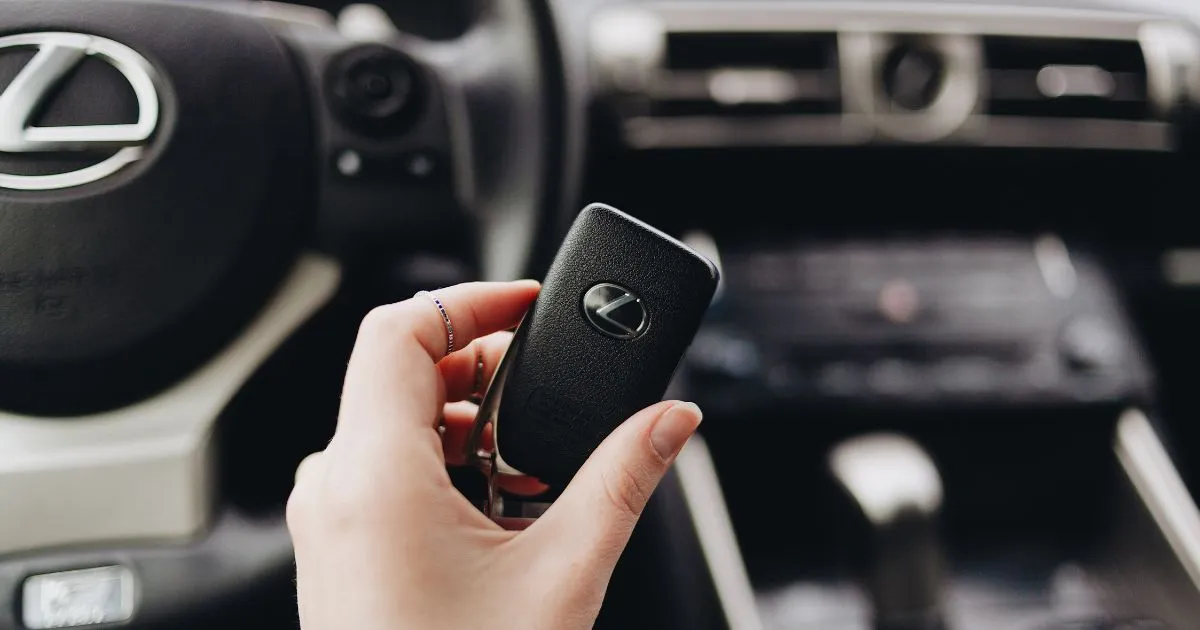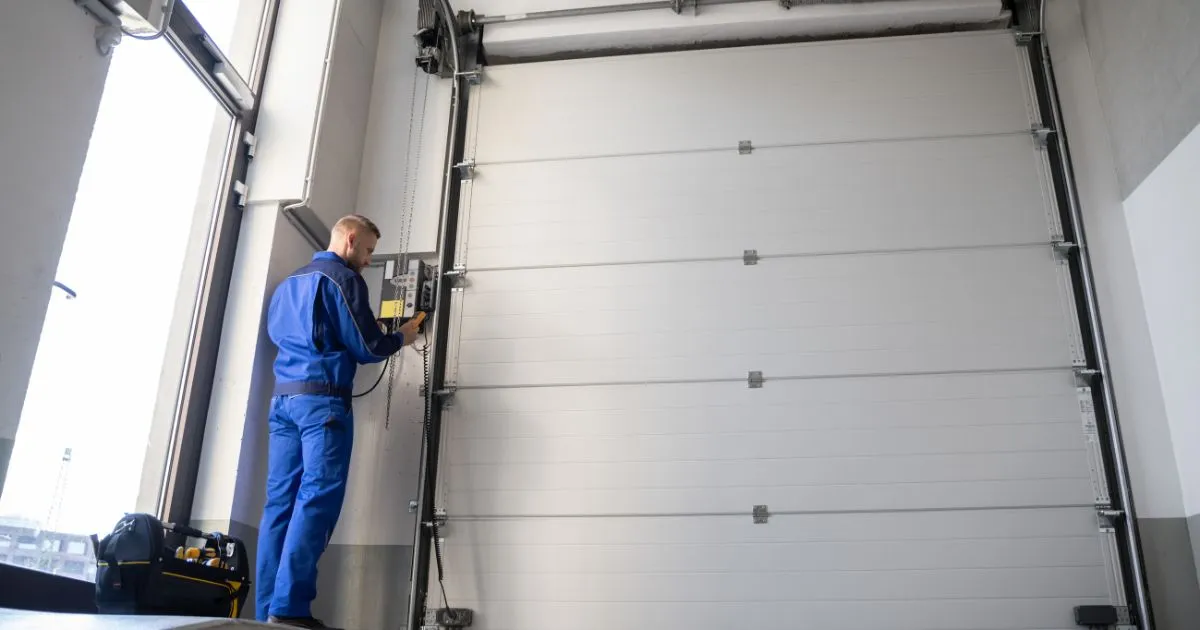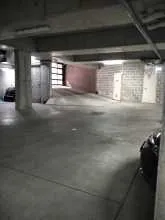Smart Keys and Parking Garages: Signal Interference, Security Risks, and Prevention Tips
Smart keys are handy until they aren’t. If you’ve ever walked into an underground car park and your fob stopped working—or you pressed the lock and nothing happened—you’ve likely hit radio interference or a security trap thieves use. Here’s a clear, Australia‑focused guide to how smart keys behave in car parks, what can go wrong, and what to do about it.
How modern keys talk to your car (quick primer)
Most fobs wake the car at very short range, then exchange a coded radio signal. Many vehicles sold here use 433.92 MHz for that radio burst (315 MHz is common in North America). Source: HAM RF experts discussing parking‑lot interference and common fob frequencies Amateur Radio Stack Exchange. However, an Aulro forum post mentions that some fobs can be updated from 315 MHz to 433.92 MHz. (Make sure the LR database is updated with the new keyfob code.)
Phone‑as‑key systems use Bluetooth Low Energy (2.4 GHz). Newer premium models add Ultra‑Wideband for tighter distance checks.
If the radio link is blocked, the car won’t unlock or may not start unless you use the backup method (for many cars: hold the fob against the start button or use the hidden blade).

Why garages can cause fobs to fail
Underground structures are full of RF headaches:
Metal and reinforced concrete can absorb or reflect radio signals, creating dead zones. Shared bands like 433 MHz get busy around lifts, gates, LED lighting, and garage door systems, which can swamp a car’s receiver.
A single faulty device transmitting constantly can knock out fobs across a whole level. Real‑world cases show stuck transmitters, lighting ballasts, or RF noise sources doing exactly this Amateur Radio Stack Exchange and RF troubleshooting threads RadioReference.
What this feels like:
- Lock/unlock range drops to a metre or two.
- Lock beep or indicator flash never happens.
- Push‑button start refuses to recognise the fob unless you hold it in a very specific spot.
Theft methods that show up in car parks (and at home)
Australian motoring outlets and security experts have flagged a few common methods:
- Relay attack: two devices extend your key’s signal to the car so it unlocks and starts. Reported widely and discussed by Australian sources Drive and Practical Motoring.
- Jamming during lock: a portable jammer blocks the lock signal so the car stays open while you walk off. Covered in local advice guides Practical Motoring.
- OBD port attacks and key cloning: once inside, thieves plug in or use specialised tools to program a new key; headlight‑wiring exploits on some models have also been reported overseas. Summary and context: Drive.
Note for the local context: Electronic immobilisers have been mandatory in new Australian vehicles since 2001, which pushed thieves toward these electronic tactics Drive.

Practical steps in a parking garage
Locking up
Watch for a clear lock confirmation: mirrors fold, indicators flash, or a physical handle tug shows the door is locked.
If the remote won’t lock, move a few bays or up a level and try again. A few metres can make all the difference.
Don’t rely on one beep alone in busy RF spots; check the car is actually locked.
Parking choices that help:
- Pick bays near attendants, cameras, or exits with good foot traffic.
- Avoid quiet corners where a thief can work on the OBD port unseen.
- Keep valuables out of sight; thieves often use jamming just to steal from cabins.
If your fob won’t unlock or start in a garage:
- Hold the fob against the start button or the marked area on the column/console. Many cars have an emergency coil antenna there that reads the chip at contact range (works even with a weak fob battery).
- Try the hidden blade key inside the fob to open the driver’s door, then use the contact‑start method.
- Move the fob away from phones, other fobs, or metal objects that can detune the tiny antenna.
- Walk a few metres to a more open spot and try again.
Home and daily habits that cut risk
- Store keys away from doors and windows. A metal‑lined Faraday pouch blocks relay attacks. Tested locally: Faraday pouches stopped keyless entry on multiple cars in Drive’s trials (Drive).
- Turn off passive entry in the vehicle settings if your model allows it when parking at home.
- Consider a steering‑wheel lock as a visible barrier. Old‑school, but still a deterrent reported by Australian security sources Drive.
- Add layers: aftermarket immobiliser with PIN pad, OBD port lock, or tracking.
- Keep software up to date; makers do release hardening updates (Drive).
- Replace fob batteries proactively each year; weak cells cause flaky range that looks like interference.
Tech upgrades worth knowing about
- Motion‑sensing fobs that sleep when still (some brands ship these now) reduce the window for relay attacks.
- UWB keys and phone keys with precise ranging are harder to spoof than classic proximity systems.
- For coverage inside underground bays, phone‑as‑key depends on your phone’s Bluetooth and battery settings. Keep Bluetooth on and avoid aggressive battery savers during long park stays.
If you’re locked out or suspect cloning
Call an auto locksmith with modern tooling. In Sydney, you can reach a specialist who handles smart keys, fob programming, and OBD‑level fixes here: auto locksmith in Sydney.
If your vehicle is missing, contact police and your insurer straight away; have both keys/fobs on hand for the claim process (common request in theft cases covered by local outlets according to Drive).
References and further reading
- Australian coverage of smart‑key theft methods, Faraday testing, and local data: Drive: keyless theft methods and prevention https://www.drive.com.au/caradvice/can-keyless-entry-cars-be-stolen/
- Drive: Faraday pouch testing on four vehicles https://www.drive.com.au/caradvice/do-faraday-bags-for-your-car-keys-act...
- Practical Motoring: relay/jamming explanations and everyday checks https://practicalmotoring.com.au/car-advice/keyless-car-hacking/
- RF interference context and common fob frequencies (315/433.92 MHz):
- Amateur Radio Stack Exchange case discussion https://ham.stackexchange.com/questions/12744/how-to-find-something-disr...
- Interference troubleshooting scenarios https://forums.radioreference.com/threads/help-with-interference-affecti...
(This article was technically reviewed by Daniel Frawley (Licensed Locksmith, Master Licence 000105448). He checked the accuracy of how passive keyless entry works, common attack vectors (relay, code grabbing, RF jamming), and realistic scenarios in multi‑storey and underground car parks. He evaluated the effectiveness and limitations of the recommended countermeasures (Faraday pouches, steering locks, motion‑sensing key fobs, OBD port locks, storage and parking practices) for everyday drivers and fleets. He also reviewed Australia‑specific context and terminology to avoid vendor bias and ensure practical, prevention‑first guidance.)
Disclosure: Key Solution Locksmiths is referenced in this article as a Sydney provider. No paid sponsorship influenced his review.
**Written by Daniel Battaglia:** As the author of Parking Made Easy: Making Life Easier is dedicated to making parking easier and more affordable at Parking Made Easy with Generative AI. With a background in business focusing on process improvement and parking solutions, Daniel has dedicated his career to helping drivers find parking. He understands the frustrations of parking and is committed to providing practical solutions. If you have any questions about renting a car parking space, feel free to contact Daniel at daniel@parkingmadeeasy.com.au.



